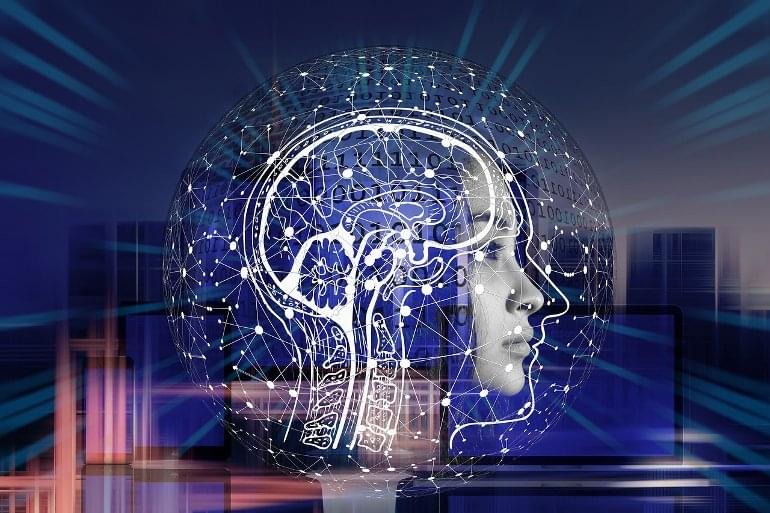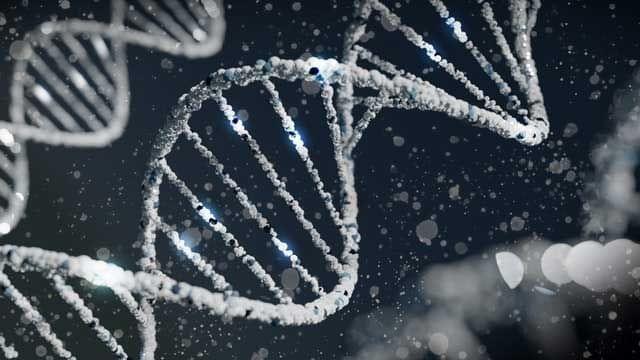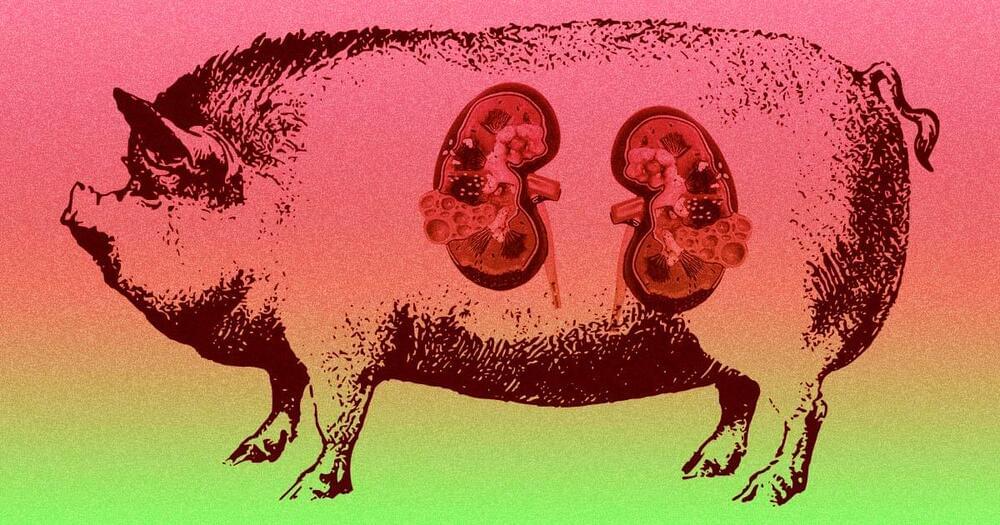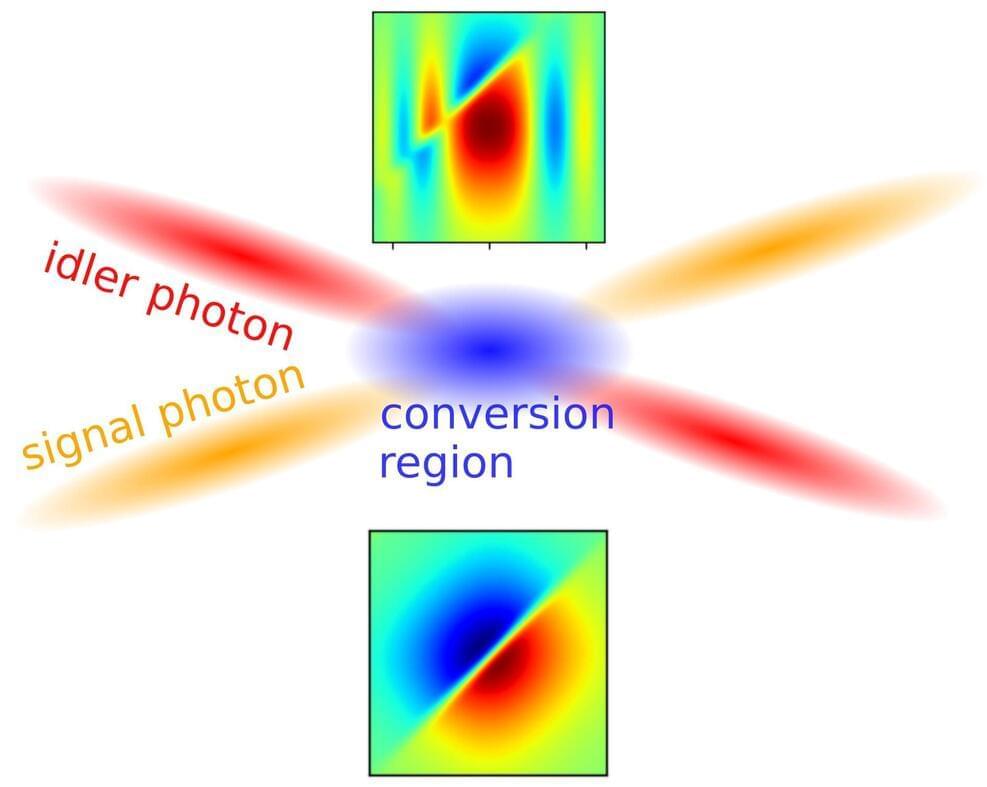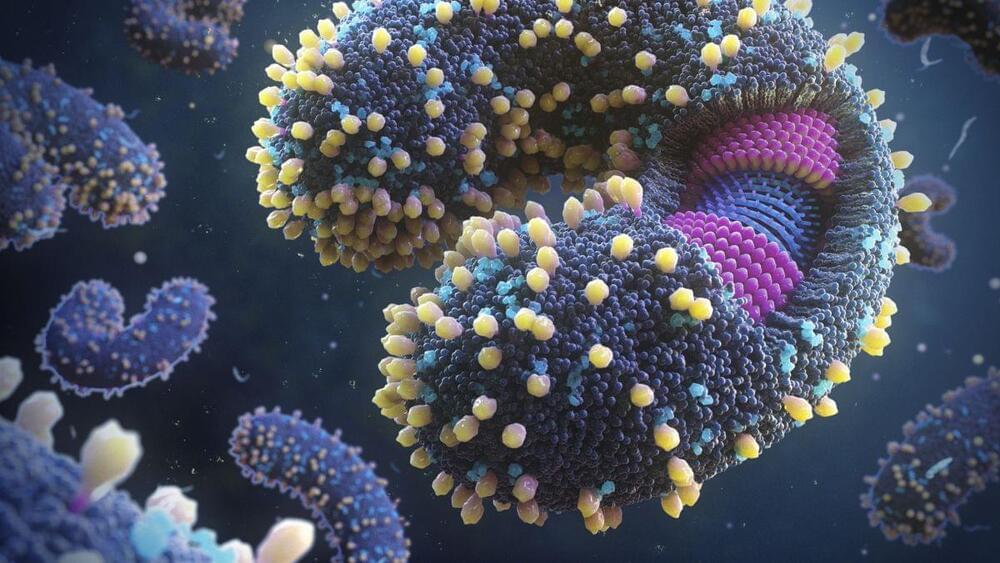Using electrical simulation to address damaged nerves is en established way to treat pain or speed up healing in the event of an injury. This type of therapy is usually delivered via invasive procedures where electrodes are implanted to administer the electrical stimulation, but scientists are making promising advances towards alternative approaches.
Recent examples include softer electrodes instead of the stiff ones used today, dissolvable implants that offer two weeks of ongoing stimulation, and belt-like devices that wrap around bladders to restore organ function. Adding another to the pool is a team from Austria’s Graz University of Technology, the University of Zagreb and CEITEC in the Czech Republic, whose solution starts with light-sensitive color pigments.


